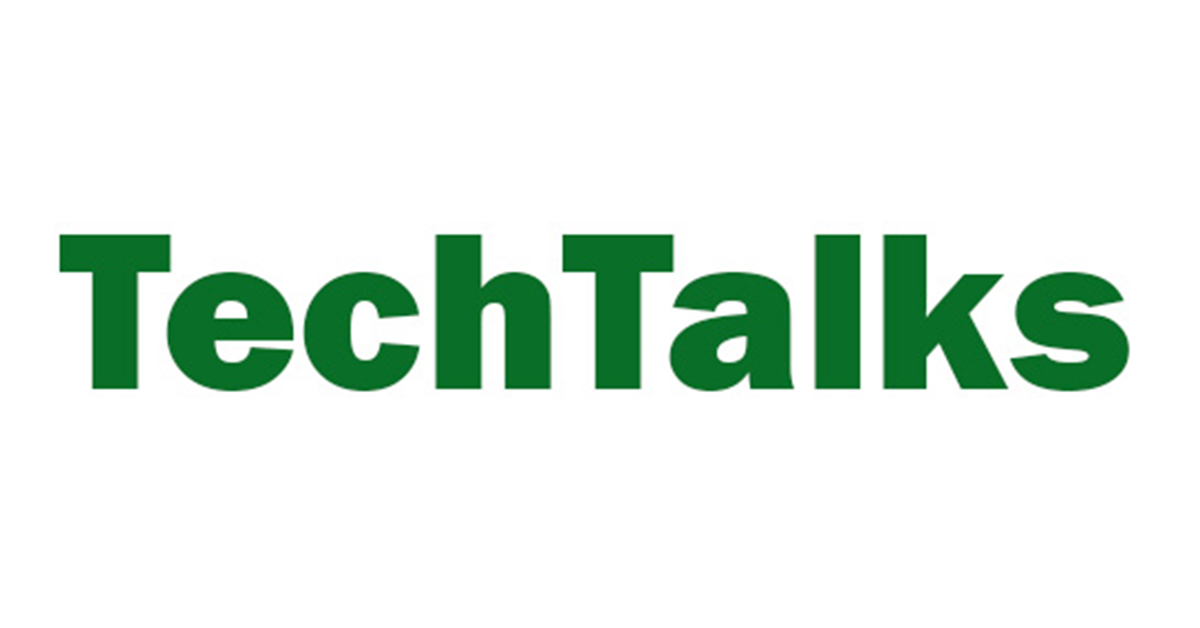Table of Contents
- What is an Employee Relations Strategy?
- How to Create & Measure Your Employee Relations Strategy
- What are the benefits of a positive employee relations strategy?
- Additional Employee Relation Strategy Examples
- Taking the Next Steps to Improve your Employee Relations Strategy
- Ready to build an employee relations strategy?
Every organization is aware it needs a solid employee relations strategy. But there are few people who can give you solid guidance on exactly how to DO that.
Building a strong employee relations strategy example involves creating an environment that delivers what people want now (or in the near future). Your employees want to feel good about who they are, what they do and where they work. And you want to feel good about productivity, overall performance, and the emerging leaders in your organization.
Now before you start getting frustrated about just how much you need to know about to employee needs, keep the bottom line in mind. I will save the impact of your employee relations strategy, on employee engagement, and the impact of engagement on your company’s ROI (there are even stats tying it to sales), for another post. For now, take my word for it. Employee relations is important. For each employee need expressed above, I’ve identified employee relations KPIs (Key Performance Indicators) that will help you evaluate your employee relations strategy.
What is an Employee Relations Strategy?
An employee relations strategy is a planned effort to help organizations manage their relationship with employees. This often includes creating policies, procedures and practices that prioritize employee well-being, safety and satisfaction.
A strong employee relations strategy includes measures to provide employees with a trustworthy work environment, such as:
- An open-door policy for employees to report workplace issues
- Well-managed workplace issues, including prompt responses, thorough investigations, clear communication and more
- Zero-tolerance policies for inappropriate employee behavior
How to Create & Measure Your Employee Relations Strategy
Our four key employee relations needs are culture, communication, compensation, and complaints. Follow these best practices to create a positive employee relations strategy.
How does culture affect your employee relations strategy?
Employees need to feel good about what they do and where they do it. Decide with your team what values really represent your company and then make them as transparent as possible. Hopefully, these align with the majority of your employees. But even if they don’t, it’s important to articulate them to every person in the organization as these values will drive expected behaviors in your organization. Put measures in place so people can be recognized and applauded when they live up to those values. It should go without saying that leadership is the most beholden to this cultural code.
How: Gather the mission/vision statements and the highest execs you can put in a room and ask them. Build a simple PowerPoint with easy-to-understand statements to disseminate to your employees. If you can, make it public so it can be part of your talent acquisition process.
Potential KPIs:
- Views of the Powerpoint on the company intranet
- Quick follow up survey numbers (increased understanding)
- Number of recognitions coming from employees
- Number of employees and leaders who can articulate values
- Collected and actionable post-hire data
Why is open communication important in an employee relations strategy?
Employees need to know what’s going on. They can’t work in a vacuum and they need an avenue for articulating needs, wishes, complaints and goals. What does your newly implemented employee relations strategy do to ensure this happens? Instead of just communicating TO employees, ensure there are flexible ways for employees to communicate back – the good, the bad and, yes, the ugly. This also ties to how quickly and how often your employee relations team (this might be your HR professional, line managers, supervisors, etc) responds to both positive and negative employee situations.
How: Create templates with a lexicon of words, easy to implement processes, terms and dates that every ER team member understands and can commit to and every employee comes to expect.
Potential KPIs:
- Time to respond to an internal complaint lowered
- Number of communications (town halls, walk-arounds, emails, calls, logins) increased
- Adherence to steps in the communication plan
Why is fair compensation important in your employee relations strategy?
Employees need to feel valued for the job they are doing. People who are paid at industry standard, or slightly above, feel better about their jobs than those who receive less than market rate for the same work (obviously). And while this is rarely an easy decision to get by the CFO, it still does matter a whole lot in the long run. You can check sites like Glassdoor and even the job ads of competitive firms to discover whether you are leading or lagging when it comes to compensation.
How: This will vary from organization to organization, but some common ways to compensate individuals more without spending too much additional cash include work flex hours, job sharing options and departmental consolidation of repetitive tasks or skill silos.
Potential KPIs:
- Monitor competitors’ benefits and compensation data quarterly (+/- compared to yours)
- Check review sites for negative mentions (KPI is the decrease)
- Review compensation data for obvious trends and use as a benchmark
- Review exit interviews. Is comp the reason why employees are walking?
How do you manage complaints with your employee relations strategy?
Employees need to feel good about how they are treated. Notice I put this point last. A strong employee relations strategy has little to do with managing complaints but more about everything you are doing to create a positive work environment (see points 1 through 3 above). However, when an employee does comes to HR with a complaint (which is inevitable regardless of how well you execute #1-3), it’s generally about more than the surface issues. Part of being able to resolve these thorny issues and even diffuse them ahead of time is what keeps HR close to the executive powers that be. So don’t just respond to complaints, set a bar for your team that requires a solution and work backwards. Once you are committed to solving the issue and have communicated that to the employee, you have created trust that will drive additional dialogue.
How: Keep an online (even anonymous) repository of cases from employees. Look for trends. Seemingly unrelated employee relations issues may start to form a pattern when you can look at the data holistically. Your marketing department understands how to stay in touch with customers outside the walls of your building. Follow their lead by staying in touch with employees internally using free and inexpensive tools like MailChimp, SurveyMonkey, Yammer (similar to internal Facebook) and free and sync-able Google Calendars. Lay out a solution triage to make it easier for busy managers to know exactly what and what not to do.
Potential KPIs:
- The number of resolved cases in a month
- Decreasing number of complaints over a time period
- Increasing number of cases appropriately filed
- Reducing the number of steps per case
What are the benefits of a positive employee relations strategy?
Having a positive employee relations strategy can be beneficial for both an employer and its employees. When businesses value and care for their employees, it leads to a healthier, stronger workforce and fosters employee trust and dedication. It also reduces risk of employee turnover and litigation.
For example, a strong, positive employee relations strategy includes addressing workplace issues and conflicts. Employees feel safer at work when they can depend on their employer to address such issues. And when issues are properly handled, employees are more likely to come forward and share concerns and feedback in the future. In turn, this helps organizations gain a more accurate view into workplace issues and proactively address them, leading to a healthier workplace culture.
Employees are also more likely to stay with the company long-term when the employer prioritizes their well-being and is invested in their success and safety. When employees feel valued and cared for by their employer, they are more motivated and engaged in their work, which also effects the employer’s bottom line.
Additional Employee Relation Strategy Examples
- Workplace issue management – Every instance of harassment or misconduct must have a documented, reliable strategy to address the issue.
- Workplace investigation management – Workplace investigation inquiries are of utmost importance to manage with integrity and consistency.
- Exit interviews – Conducting exit interviews enables an organization to gather feedback regarding workplace culture, management, job satisfaction and more, so the organization can address any potential issues that were not previously raised.
- Workplace issue documentation – When an issue occurs at work, organizations are expected to document details regarding the issue and resolution. Employee relations case management and investigations technology, like HR Acuity, makes it easy to store all issue documentation in one centralized, accessible location.
- Workplace issue transparency – Employees expect their employers to provide a level of visibility into reported workplace issues.
- Policy setting and enforcement – Organizations must set and enforce workplace policies that are in compliance with the latest rules and regulations.
Taking the Next Steps to Improve your Employee Relations Strategy
Once you’ve developed your employee relations strategy using these KPIs, you’ve only taken the first step. There’s a lot you need to do once these have been established to ensure they take hold and provide your organization with the maximum level of benefits. With an understanding of KPIs for employee relations, follow these next steps:
- Continue to review your progress on a regular basis — No employee relations strategy should be written in stone. You and your department should meet regularly to review the scorecard and take stock of how well it works or doesn’t. An important part of this step is to ensure you always keep the lines of communication open, so employees and HR team members feel free to share their impressions and offer feedback whenever necessary.
- Present your scorecard to leadership — Your strategy needs to be aligned with leadership’s vision for the company. Therefore, it’s critical that you check in with management on a regular basis to make sure the metrics you’re using are still in line with the organization’s goals and values.
- Reevaluate your employee relations metrics from time to time — As your organization changes and evolves over time, there’s a good chance at least a few of your metrics will stop being relevant. A periodic review of your employee relations KPIs will ensure the metrics you follow are still helping you reach your intended goals. Any KPIs for employee relations that are deemed to be no longer relevant or helpful for your aims should be discarded in favor of something new that brings you closer to success.
- Share progress with the organization — Sharing the results of your scorecard with the rest of the company is an important step in your employee relations strategy because it helps show everyone how your department is contributing to the organization’s shared goals. Including the good and the bad ensures that the entire company sees that you’re being open and transparent, which is crucial for engendering goodwill and buy-in.
Following these steps after developing your employee relations strategy will make it much more likely you will succeed in your efforts. The proper follow-up will help establish your metrics and make them an integral part of your procedures for the foreseeable future.
Ready to build an employee relations strategy?
Now you know how to measure employee relations, but what’s the best way to develop an employee relations strategy specific to your organization? The HR Acuity team is here to help. We’re available to meet with executives and managers in your organization to analyze and recommend specific day-to-day employee relations strategies and organizational protocols.
We also have a unique ongoing Advisory Program, which is designed to improve overall organizational effectiveness when dealing with employee relations issues and is based on extensive research and ongoing client demand. Each of our clients are appointed an Employee Relations Expert Advisor, who will take responsibility for monitoring cases, conducting capability assessments and facilitating individual skills-based training to ensure the most appropriate outcomes as well as complete record-keeping.
We’re ready when you are to start building an employee relations strategy that benefits your employees and your organization on the whole. Reach out to us to get started.




